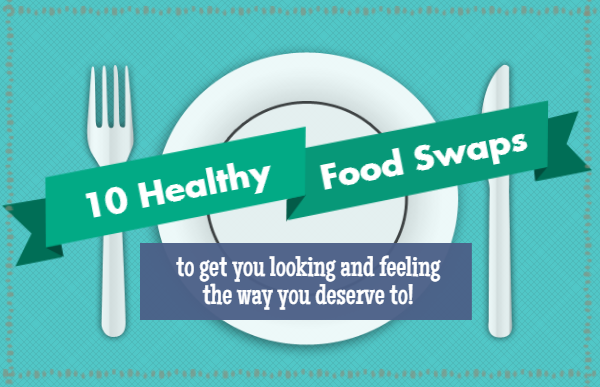Chinese Honey; Sticky, Maybe Not So Sweet.
Modern advances in shipping have made sharing foods from across the globe increasingly convenient, and it’s not uncommon to eat one meal that can be traced back to a dozen different countries. This can be a good thing, as everyone should have the opportunity to experience wine from Italy, olive oil from Greece, and cheese from France at least once in their life- even if they’re not able to physically travel there. But some imported foods don’t carry with them the same prestigious association, and you certainly won’t see their origin country proudly boasted on the label. In the case of honey, food manufacturers will actually go to great lengths to cover up where exactly they’re getting all those little bears from.
The sweet side of honey…
People have been eating honey for hundreds of thousands of years, and its unrefined sweetness has won over the hearts of health-conscious consumers across the world. With health benefits documented in some of humanity’s earliest texts, there’s good reason for all of us to be consuming honey on a regular basis. But domestic beekeepers are unable to keep up with the American sweet tooth, and over half of the 400 million pounds of honey we consume each year is imported from other countries (and one in particular).
…and the sticky side
When searching for a boundless, unattainably cheap supply, the food industry naturally turned to China; the land of endless cheap. The supply was in fact so cheap, and so endless, that in 2008 the FDA, under pressure from American beekeepers being driven out of business, imposed extremely high import taxes on honey coming from China.
This was a good thing for American consumers as well, as Chinese honey is not known for its high quality (surprising?) In fact, to call it honey would not be entirely accurate, as it is frequently cut with sugar, corn syrup, or other cheap sweeteners, and sometimes contains no actual honey at all!
What’s really in your honey bear?
While you might not find any actual honey in the Chinese variety, there are a few things you wouldn’t hope to find. One of those extras is lead, a neurotoxin which is absorbed by organs and stored in the body cumulatively, as well as illegal animal antibiotics that have been banned by the FDA (If our regulatory agencies reject the use of an antibiotic, that’s saying a lot).
Not so fast
To lose the US market was a major upset for Chinese honey exporters, but they quickly found a way to bypass the stiff tariffs imposed on their product. By selling their honey to another country first (usually a close Asian neighbor), the product could be relabeled by the middleman, and then sold to the US under the presumption that it was actually harvested in that country.
This “honey laundering” means lower prices for American honey packers, who graciously look the other way when purchasing the tainted merchandise. Recently, two of the largest packers in America admitted to knowingly buying millions of dollars worth of the sticky stuff that was falsely labeled.
The newest trick in the Chinese honey scam is to erase any footprints that might lead investigators back to the original source. This involves removing all traces of pollen, which is the forensic evidence of the beekeeping world. A pollen trail can lead scientists to the flower buffet that those honeybees visited, revealing exactly what region of the world the honey was produced in.
Erasing the pollen trail…
By heating and filtering honey under high pressure, the product becomes untraceable, and the Chinese have again maneuvered their way into the American market. But since there is no other reason a manufacturer would want to remove all traces of pollen, it’s safe to assume that any honey without it is from a tainted source.
Are you eating Chinese honey?
While honey found on grocery store shelves might be convenient (and cheap), the vast majority of it is lacking something crucial; its pollen. A study conducted by Food Safety News found that over 75% of honey lining US grocery stores has had the pollen completely filtered out of it.
Don’t stop eating honey!
This news certainly shouldn’t scare us away from eating honey. What it should do is act as a reminder that source really does matter, especially when it comes to what we put inside our bodies. Many honey packers have started to identify their products with the True Source Honey label, garunteeing that their honey is pure and ethically sourced.
The best place to buy your honey
While we all know that shopping local is best in regards to the health of our communities, eating honey harvested by your neighbor will actually benefit your body as well. Ingesting small amounts of local pollen contained in honey will effectively desensitize immune responses to these triggers, alleviating seasonal allergies. So if you still have an objection to paying a little bit more for quality honey, just think of all the money you will be saving on Zyrtec!






After looking into a few of the blog posts on your site, I truly appreciate your technique of writing a blog. I book marked it to my bookmark site list and will be checking back soon. Please check out my web site too and let me know how you feel.
Much appreciated, I really enjoyed finding this article. Thanks indeed for writing it. I really do hope that other readers, also get something thoughtful from your effort here, I did.